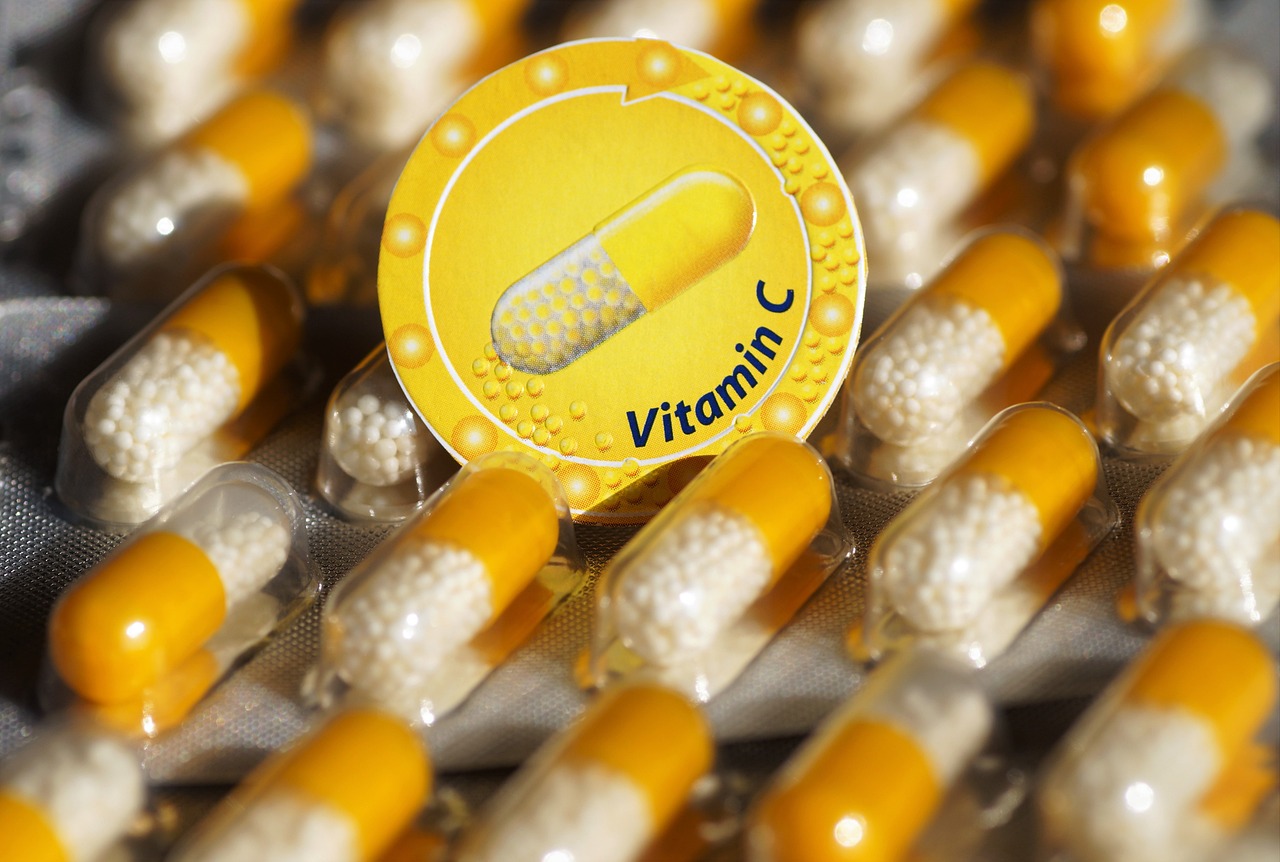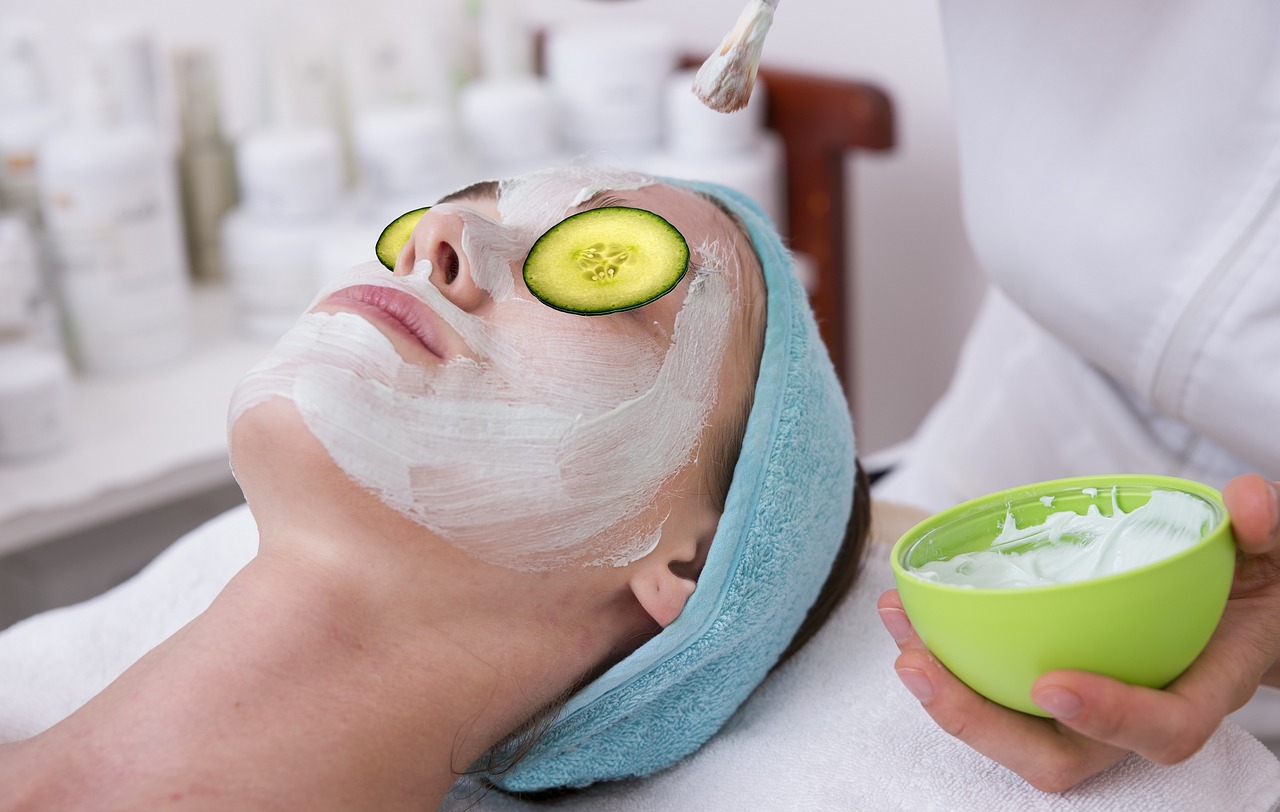In the quest for youthful, radiant skin, the world of anti-aging skincare has expanded exponentially. However, not all products are created equal, and the key to effective anti-aging lies in understanding the science behind the ingredients. This article delves into the scientifically backed components that have been proven to combat the signs of aging effectively. By focusing on these key ingredients, you can make informed decisions about your skincare routine and achieve visible results in reducing wrinkles, fine lines, and other indicators of aging.
Retinoids: The Gold Standard for Anti-Aging
How Retinoids Work
Retinoids have long been hailed as the gold standard in anti-aging skincare, and for good reason. These powerful derivatives of Vitamin A work at a cellular level to transform skin’s appearance and function.
The primary mechanisms of retinoids include:
- Boosting collagen production: Retinoids stimulate fibroblasts, the cells responsible for producing collagen and elastin, leading to firmer, more resilient skin.
- Accelerating cell turnover: By speeding up the skin’s natural exfoliation process, retinoids help shed dead skin cells more quickly, revealing fresher, younger-looking skin beneath.
- Reducing wrinkles and fine lines: Through their action on collagen and cell turnover, retinoids effectively smooth out existing wrinkles and prevent new ones from forming.
- Improving skin tone: Retinoids can help fade dark spots and even out skin tone by regulating melanin production.
Research has consistently supported the efficacy of retinoids in anti-aging. A landmark study published in the Archives of Dermatology showed that after 24 weeks of topical tretinoin use, 84% of participants showed significant improvement in fine wrinkles, and 80% showed improvement in coarse wrinkles.
Types of Retinoids and Their Uses
There are several types of retinoids available, ranging from over-the-counter options to prescription-strength formulations. Here’s a comparison of common retinoids:
| Retinoid Type | Strength | Availability | Best For |
|---|---|---|---|
| Retinol | Mild | Over-the-counter | Beginners, sensitive skin |
| Retinaldehyde | Moderate | Over-the-counter | Intermediate users, combination skin |
| Adapalene | Moderate | Over-the-counter (in some countries) | Acne-prone skin, intermediate users |
| Tretinoin | Strong | Prescription only | Experienced users, stubborn wrinkles |
| Tazarotene | Very Strong | Prescription only | Severe photoaging, experienced users |
When incorporating retinoids into your skincare routine, it’s essential to start slowly and gradually increase usage to minimize potential irritation. Begin with a lower strength retinoid and use it 1-2 times per week, gradually increasing frequency as your skin builds tolerance.
Vitamin C: Brightening and Protecting the Skin

Antioxidant Properties
Vitamin C, also known as ascorbic acid, is a powerhouse ingredient in anti-aging skincare. Its primary function is as an antioxidant, protecting the skin from oxidative stress caused by free radicals and environmental damage.
Key benefits of Vitamin C in skincare include:
- Brightening the skin by inhibiting melanin production
- Reducing hyperpigmentation and evening out skin tone
- Boosting collagen synthesis, leading to firmer skin
- Protecting against UV damage when used in conjunction with sunscreen
- Reducing inflammation and redness in the skin
A study published in the Journal of Clinical and Aesthetic Dermatology found that topical application of Vitamin C led to significant improvements in skin texture, fine lines, and overall appearance after 12 weeks of use.
Stability and Formulations
One of the challenges with Vitamin C in skincare is its stability. L-ascorbic acid, the most potent form of Vitamin C, is highly unstable and can oxidize quickly when exposed to light and air. To address this, various forms of Vitamin C have been developed for use in skincare products:
| Form of Vitamin C | Stability | Potency | Best For |
|---|---|---|---|
| L-ascorbic acid | Low | High | Immediate results, experienced users |
| Sodium ascorbyl phosphate | High | Moderate | Sensitive skin, beginners |
| Magnesium ascorbyl phosphate | High | Moderate | Dry or sensitive skin |
| Tetrahexyldecyl ascorbate | High | High | All skin types, oil-based formulas |
When choosing a Vitamin C product, look for those packaged in opaque, airless containers to maximize stability. For optimal results, use Vitamin C products in the morning, followed by sunscreen, to take advantage of its photoprotective properties.
Hyaluronic Acid: Hydration Powerhouse
How Hyaluronic Acid Works
Hyaluronic acid (HA) is a naturally occurring substance in our skin that plays a crucial role in maintaining hydration and plumpness. What makes HA unique is its incredible capacity to hold water – up to 1000 times its weight. This remarkable property allows it to:
- Enhance skin hydration by drawing moisture from the environment and deeper skin layers
- Reduce the appearance of fine lines by plumping up the skin
- Improve skin elasticity by maintaining optimal moisture levels
- Promote a healthy skin barrier function
Research published in the Journal of Clinical and Aesthetic Dermatology demonstrated that topical application of hyaluronic acid led to significant improvements in skin hydration and elasticity after just two weeks of use.
Incorporating Hyaluronic Acid in Your Skincare Routine
To maximize the benefits of hyaluronic acid, consider the following tips:
- Apply to damp skin: HA works best when it has moisture to draw into the skin.
- Layer with other products: Use HA serums under heavier creams or oils to lock in hydration.
- Look for different molecular weights: Products with a mix of high and low molecular weight HA can provide both immediate surface hydration and deeper, long-lasting effects.
- Combine with occlusive ingredients: Follow HA with ingredients like squalane or ceramides to seal in moisture.
Recommended Hyaluronic Acid Products:
- Serums: Lightweight, high concentration of HA
- Moisturizers: For all-day hydration
- Sheet masks: For intensive, short-term hydration boost
Peptides: The Building Blocks of Skin Repair

What Are Peptides?
Peptides are short chains of amino acids that act as building blocks of proteins in our skin, such as collagen and elastin. In skincare, peptides work by signaling to our skin cells to produce more of these crucial proteins, which naturally decline as we age.
The effectiveness of peptides in anti-aging has been demonstrated in numerous studies. For example, research published in the International Journal of Molecular Sciences showed that certain peptides could significantly increase collagen production and improve skin firmness when applied topically.
Different Types of Peptides
Various peptides offer different benefits for the skin:
| Peptide Type | Function | Benefits |
|---|---|---|
| Signal peptides | Boost collagen production | Reduce fine lines and wrinkles |
| Carrier peptides | Deliver trace minerals to skin | Improve skin healing and firmness |
| Enzyme inhibitor peptides | Slow down collagen breakdown | Preserve skin’s youthful appearance |
| Neurotransmitter peptides | Relax facial muscles | Reduce expression lines |
When incorporating peptides into your skincare routine, look for products that contain a combination of different peptides for comprehensive anti-aging benefits. Peptides work well in leave-on products like serums and moisturizers, where they have time to penetrate the skin and exert their effects.
Niacinamide: The Multi-Tasking Ingredient
Benefits of Niacinamide
Niacinamide, also known as Vitamin B3, is a versatile ingredient that offers a wide range of benefits for aging skin:
- Reduces inflammation and redness
- Minimizes enlarged pores
- Improves skin barrier function
- Regulates sebum production
- Helps even out skin tone
- Boosts collagen production
A study published in the Journal of Clinical Aesthetic Dermatology found that topical application of 5% niacinamide significantly improved fine lines, wrinkles, and skin elasticity after 12 weeks of use.
Best Practices for Using Niacinamide
To get the most out of niacinamide in your skincare routine:
- Look for products with 2-5% niacinamide concentration for optimal results.
- Use niacinamide both morning and night for consistent benefits.
- Combine with other active ingredients like retinoids or vitamin C for synergistic effects.
- Choose serums or moisturizers for best absorption and efficacy.
Niacinamide is generally well-tolerated by all skin types, making it an excellent addition to any anti-aging skincare regimen.
Alpha Hydroxy Acids (AHAs): Exfoliating for Radiance
How AHAs Improve Skin Texture
Alpha Hydroxy Acids (AHAs) are a group of water-soluble acids that work by dissolving the bonds between dead skin cells, promoting exfoliation and cell turnover. This process leads to:
- Smoother skin texture
- Brighter complexion
- Reduced appearance of fine lines and wrinkles
- Improved skin tone and clarity
Scientific evidence supports the efficacy of AHAs in anti-aging skincare. A study in the Archives of Dermatological Research showed that regular use of glycolic acid improved skin thickness, elasticity, and collagen content.
Choosing the Right AHA for Your Skin Type
Different AHAs offer varying benefits and are suitable for different skin types:
| AHA Type | Properties | Best For | Concentration Range |
|---|---|---|---|
| Glycolic Acid | Smallest molecule, deepest penetration | All skin types, except very sensitive | 5-10% |
| Lactic Acid | Larger molecule, gentler exfoliation | Dry, sensitive skin | 5-12% |
| Mandelic Acid | Largest molecule, most gentle | Sensitive, acne-prone skin | 2-10% |
| Citric Acid | Brightening properties | Dull, sun-damaged skin | 5-10% |
When incorporating AHAs into your routine, start with lower concentrations and gradually increase as your skin builds tolerance. Always follow with sunscreen, as AHAs can increase skin sensitivity to UV radiation.
Antioxidants: Protecting the Skin from Damage
Common Antioxidants in Skincare
Antioxidants play a crucial role in protecting the skin from environmental damage and premature aging. Some key antioxidants in skincare include:
- Vitamin E: Protects cell membranes, works synergistically with Vitamin C
- Coenzyme Q10: Boosts skin cell energy production, reduces fine lines
- Green Tea Extract: Powerful anti-inflammatory and anti-carcinogenic properties
- Resveratrol: Protects against UV damage, improves skin elasticity
- Ferulic Acid: Enhances stability and efficacy of other antioxidants
Synergistic Effects of Combining Antioxidants
Combining different antioxidants can enhance their overall effectiveness in protecting the skin. Here are some powerful antioxidant combinations:
| Combination | Benefits |
|---|---|
| Vitamin C + Vitamin E + Ferulic Acid | Enhanced photoprotection, improved stability |
| Green Tea Extract + Resveratrol | Potent anti-inflammatory and anti-aging effects |
| Coenzyme Q10 + Vitamin E | Improved cellular energy production and protection |
Look for products that contain multiple antioxidants to maximize their protective and anti-aging benefits.
Sunscreen: The Most Important Anti-Aging Tool
The Role of Sunscreen in Preventing Aging
Sunscreen is arguably the most critical component of any anti-aging skincare routine. UV radiation is responsible for up to 80% of visible skin aging, including wrinkles, fine lines, and hyperpigmentation.
Regular use of broad-spectrum sunscreen has been shown to:
- Prevent premature skin aging
- Reduce the risk of skin cancer
- Minimize hyperpigmentation and uneven skin tone
- Protect the skin’s collagen and elastin from degradation
A groundbreaking study published in the Annals of Internal Medicine found that daily sunscreen use over 4.5 years resulted in 24% less skin aging compared to occasional use.
Types of Sunscreens and Their Efficacy
There are two main types of sunscreens:
- Chemical sunscreens: Absorb UV rays and convert them into heat
- Physical (mineral) sunscreens: Reflect and scatter UV rays
| Sunscreen Type | Active Ingredients | Best For | SPF Range |
|---|---|---|---|
| Chemical | Avobenzone, Octinoxate, Octisalate | Normal to oily skin | 15-100 |
| Physical | Zinc Oxide, Titanium Dioxide | Sensitive skin, children | 15-50 |
For optimal protection, choose a broad-spectrum sunscreen with an SPF of at least 30 and apply it generously as the final step in your morning skincare routine.
Conclusion
The science of anti-aging skincare has made significant strides, offering a range of powerful ingredients to combat the signs of aging effectively. By incorporating retinoids, Vitamin C, hyaluronic acid, peptides, niacinamide, AHAs, antioxidants, and sunscreen into your skincare routine, you can address multiple aspects of skin aging and achieve visible improvements in skin texture, tone, and overall appearance. Remember that consistency is key, and it may take several weeks to months to see significant results. Always patch test new products and introduce active ingredients gradually to minimize the risk of irritation. With patience and the right combination of scientifically-backed ingredients, you can achieve and maintain healthier, more youthful-looking skin.

